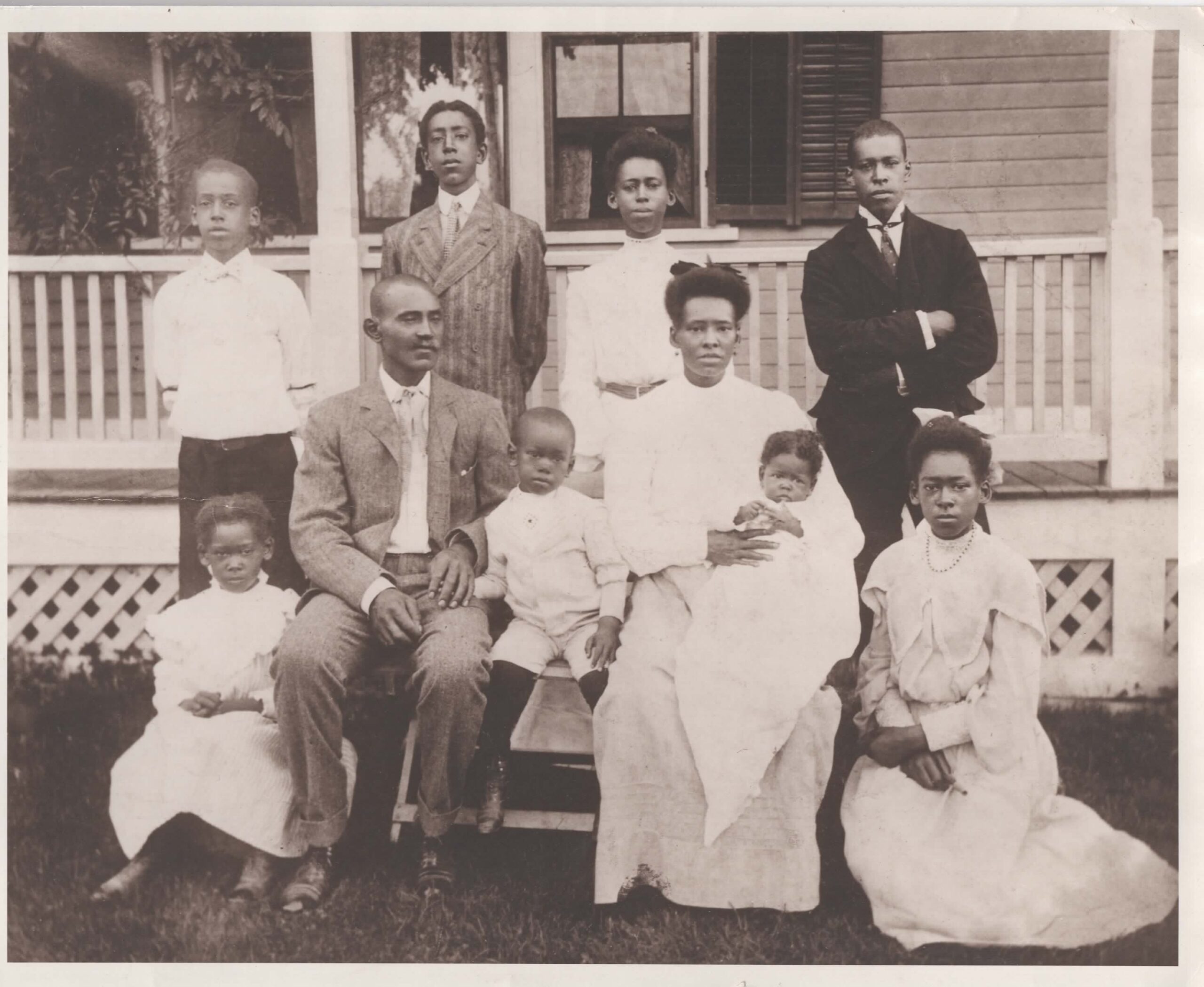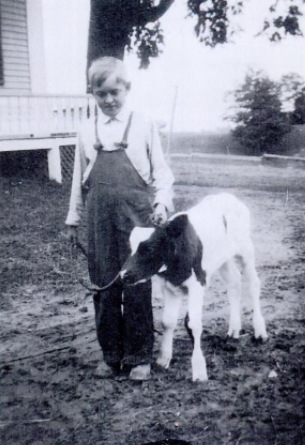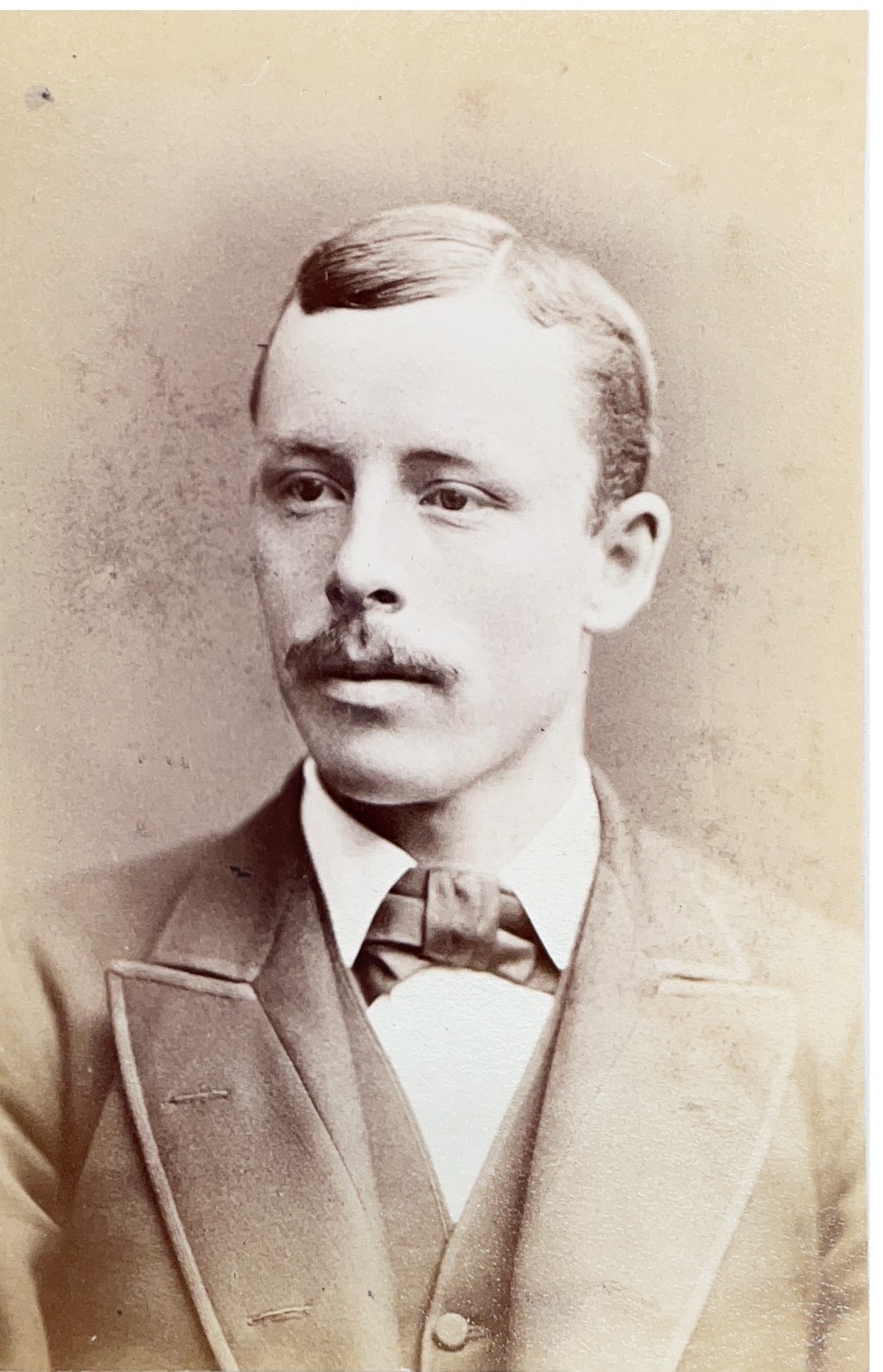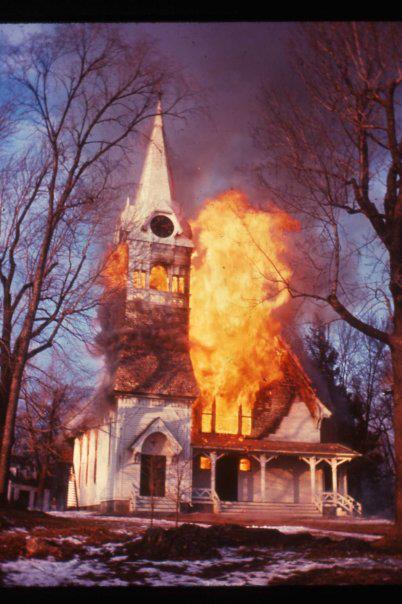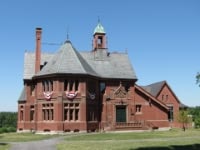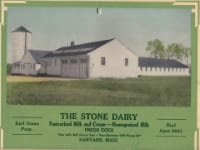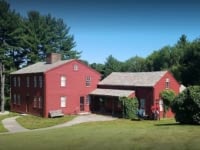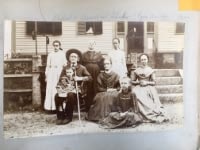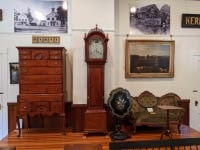Temperance Movement and Harvard
Most people know about the Prohibition Era of the 1920s and ’30s and the scores of legendary gangsters spawned from it. However, the movement behind the Prohibition Act and the almost 100 years of continuous effort it took to ban alcohol are often overlooked.
What Was the Temperance Movement?
Spearheaded by women, the temperance movement sought to dry up America from liquor by pressuring the government, on both the local and federal levels, to ban alcohol. The temperance movement had its start in the turbulent industrializing years of the early 19th-century (PBS). From the beginning, the temperance movement overlapped with other reform movements, including efforts by abolitionists and later suffragists, and would be heavily associated with the Protestant church (PBS). For a long time before the temperance movement, alcohol was seen as not just a moral fault but a cause for religious and larger societal failures in American culture. For most of history, people were accustomed to drinking alcohol as it was safer than consuming water. However, by the 1800s to 1830s, the amount of alcohol being drunk was larger than at any other time in American history. As a result of the enormous amount of drinking, women in particular were interested in the temperance movement as they and their families often faced the physical and mental brunt of alcoholic husbands (PBS). With divorce being seen as shameful and most women being dependent on their husbands for money, many women could not escape these abusive relationships and saw the temperance movement as a chance to better their situation (PBS). In particular, the Women’s Christian Temperance Union was strongly allied with the somewhat notorious Carrie Nation and with the suffragist movement, led by Susan B. Anthony (PBS). While the Women’s Christian Temperance Union would fail to change the law, its successor, the Anti-Saloon League under Wayne Wheeler, would eventually successfully lobby the government in 1920 to federally ban alcohol, the same year as the women finally got the right to vote (PBS).
When a Harvard Tavern Went Dry

The first public library, where the Wetherbee Tavern stood until destroyed by fire in 1880.
The temperance movement seems to have somewhat successfully proselytized its beliefs to the town of Harvard, as seen in the story of the Wetherbee Tavern. In the year 1843, a temperance committee met with Mr Zophar Wetherbee, the innholder, on the subject of “Keeping a Temperance Public House.” Mr Wetherbee agreed to conduct his house on thoroughly temperance principles if the Temperance Society would guarantee him the sum of five hundred dollars annually. After negotiation about what could be served, the result was banishment of distilled liquors from the Inn and a temperance supper–the Society voting to guarantee Mr. Wetherbee the sale of four hundred tickets at one dollar each. The occasion was “fitly honored” at tables “most bountifully and invitingly spread,” to the unalloyed enjoyment of the assembled townspeople. Despite the success of Wetherbee’s conversion, other taverns in Harvard continued to serve liquor to their local customers. (Information from Nourse)
Sources
“Roots of Prohibition.” PBS, Public Broadcasting Service, www.pbs.org/kenburns/prohibition/roots-of-prohibition. Accessed 1 July 2025.


